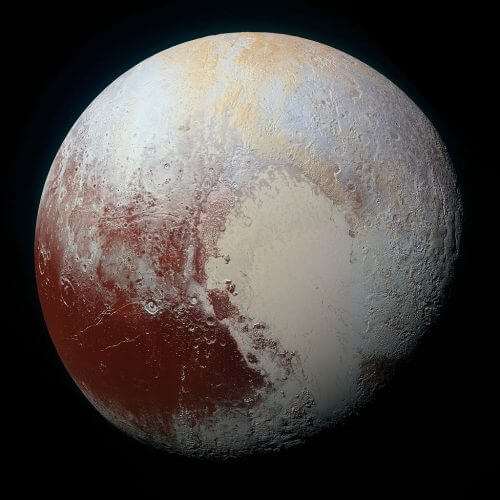Part four of the series on the summary of the findings from the New Horizons mission that passed last year near the dwarf planet Pluto

X-rays
To the researchers' surprise, it turned out that Pluto emits X-rays. This is the first time that a body in the Kuiper belt has been found to emit this type of radiation. It turned out that Pluto has a strong interaction with the solar wind. Several possibilities have been put forward to explain the phenomenon. One possibility takes into account that Pluto's gaseous tail (similar to that of comets) is larger and wider than observed by the spacecraft. Other possibilities relate to the fact that active interplanetary magnetic fields focus more particles from the solar wind into a region around Pluto or that the density of the solar wind is low at the distances where Pluto is located, allowing the creation of toroidal formations of neutral gas located around Pluto (1). These explanations are fundamentally preliminary and the researchers will have to gather more information so that a satisfactory explanation can be reached. This finding raises the possibility that this phenomenon is also found in other large bodies in the Kuiper belt.
nitrogen
The most volatile gas on Pluto is nitrogen. At 235 degrees below zero it undergoes sublimation from ice to gas, a state in which the atmosphere is in balance with the ice on the ground. According to a model that adopted the nitrogen ice is responsible for the capture of the nitrogen in the region Sputnik Planum. At the bottom of the basin the atmospheric pressure rises and the temperature of the nitrogen frost is higher than that of the environment outside the basin and the frost turns into ice. According to this model, the underground nitrogen reservoir is not needed to explain the formation of the glacier in Sputnik Planum as suggested by other researchers (2).
For the previous parts in the series:
Sources
1. 'NASA mystery: Scientists baffled by Pluto intense X ray emissions - No natural means for emitting them"18.9.2016
2. 'Shedding light on Pluto's glaciers"21.9.2016
